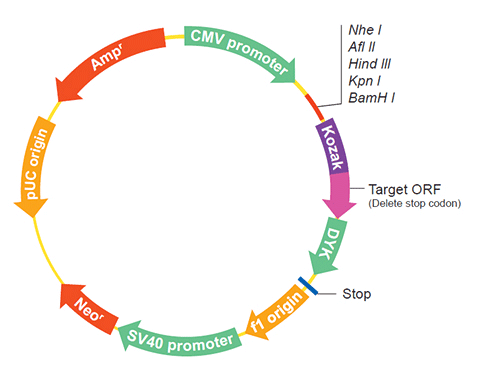| Gene Symbol | CST3 |
| Entrez Gene ID | 1471 |
| Full Name | cystatin C |
| Synonyms | ARMD11,HEL-S-2 |
| General protein information |
|
| Gene Type | protein-coding |
| Organism | Homo sapiens(human) |
| Genome | |
| Summary | The cystatin superfamily encompasses proteins that contain multiple cystatin-like sequences. Some of the members are active cysteine protease inhibitors, while others have lost or perhaps never acquired this inhibitory activity. There are three inhibitory families in the superfamily, including the type 1 cystatins (stefins), type 2 cystatins and the kininogens. The type 2 cystatin proteins are a class of cysteine proteinase inhibitors found in a variety of human fluids and secretions, where they appear to provide protective functions. The cystatin locus on chromosome 20 contains the majority of the type 2 cystatin genes and pseudogenes. This gene is located in the cystatin locus and encodes the most abundant extracellular inhibitor of cysteine proteases, which is found in high concentrations in biological fluids and is expressed in virtually all organs of the body. A mutation in this gene has been associated with amyloid angiopathy. Expression of this protein in vascular wall smooth muscle cells is severely reduced in both atherosclerotic and aneurysmal aortic lesions, establishing its role in vascular disease. In addition, this protein has been shown to have an antimicrobial function, inhibiting the replication of herpes simplex virus. Alternative splicing results in multiple transcript variants encoding a single protein. [provided by RefSeq, Nov 2014]. |
| Disorder MIM: | |
| Disorder Html: | Cerebral amyloid angiopathy, 105150 (3); {Macular degeneration, age-related, 11}, 611953 (3) |
HOME
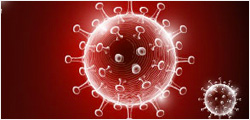


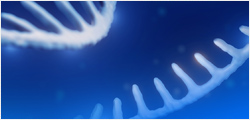


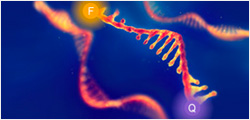


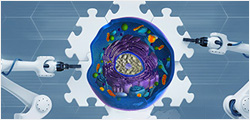
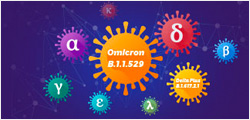
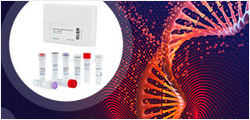


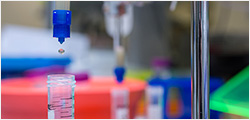



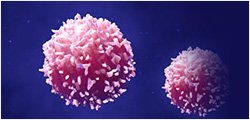


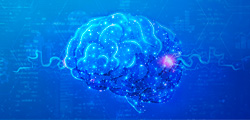

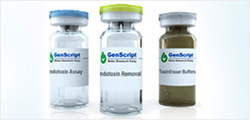
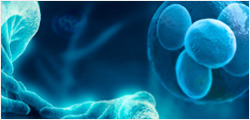

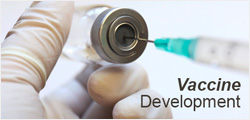
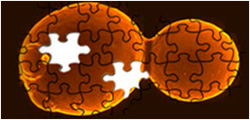















 User Manual
User Manual